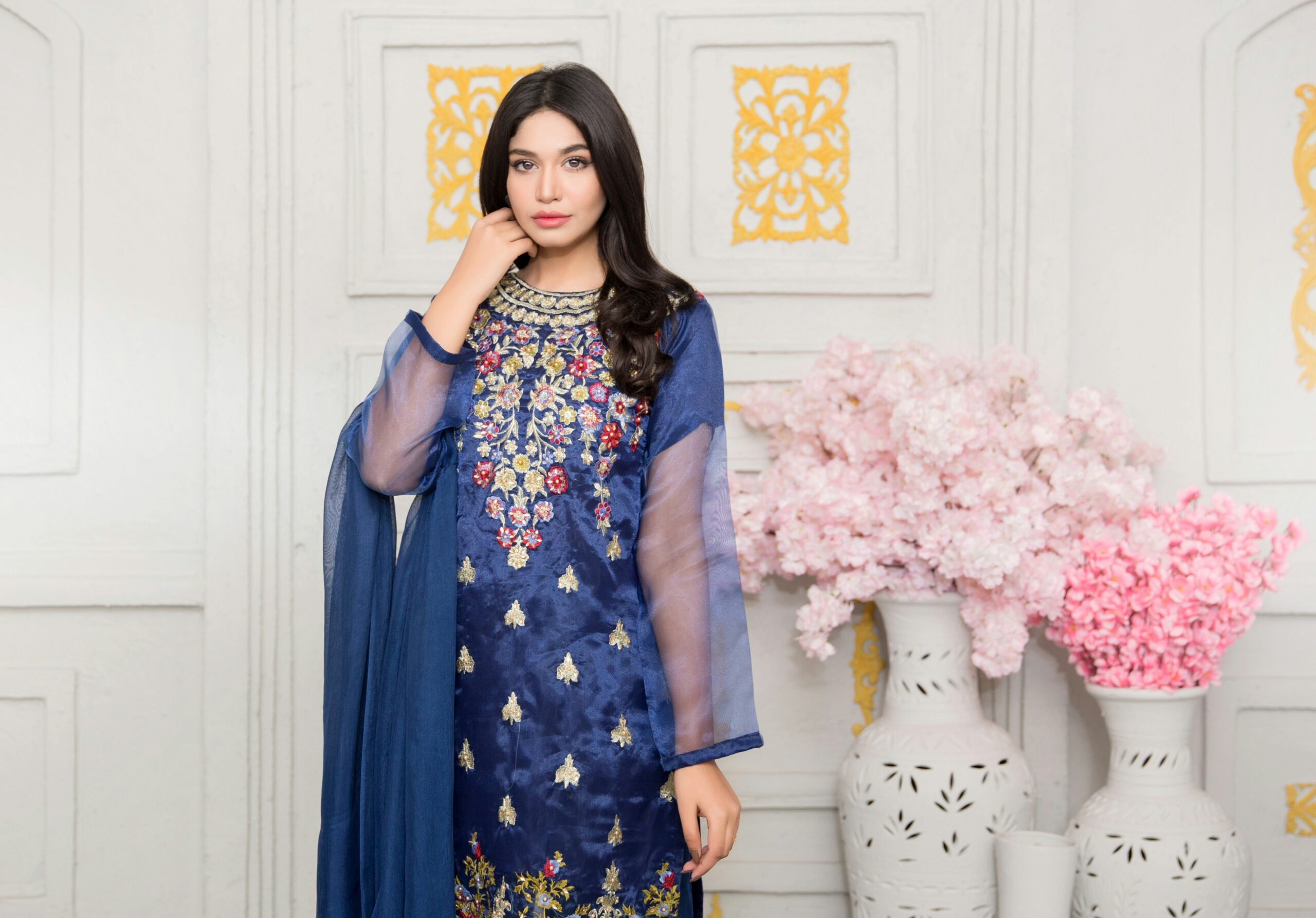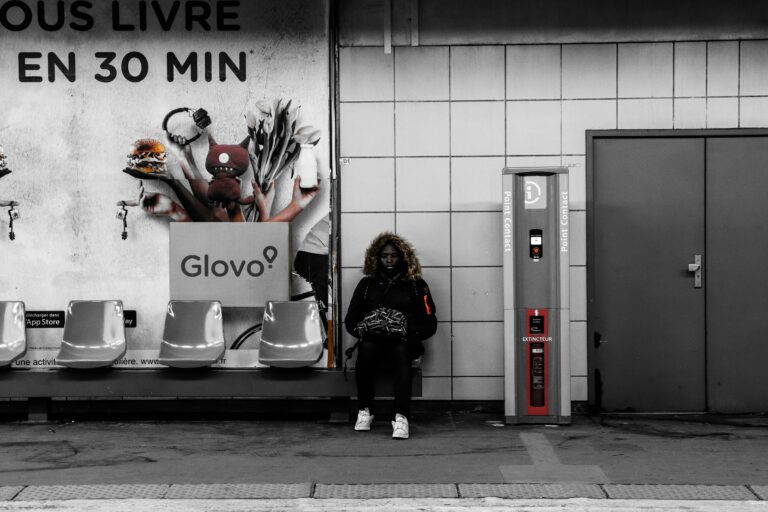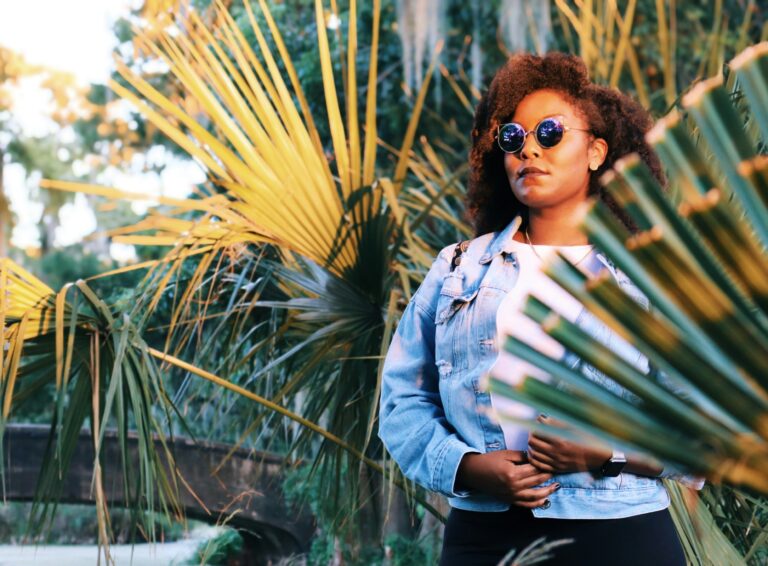Discover how to become an art director, what degree you need, career requirements, and the difference between art and artistic director roles.
How to Become an Art Director: Skills, Degree Requirements & Career Path Explained

Curious about how to become an art director or artistic director in industries like fashion, film, publishing, or advertising?
These are high-level creative leadership roles that guide the visual style, tone, and storytelling of a project. Whether you’re a design student, a visual creative, or switching careers, this guide breaks down:
- The skills and qualifications needed
- Recommended majors for art directors
- The difference between artistic vs. art director
- The full career path to becoming an art director
- What degree and experience you’ll need
Let’s help you step into your creative leadership journey.
Contents
- 1 What Is an Art Director?
- 2 What Is an Artistic Director?
- 3 Art Director Career Path: Step-by-Step
- 4 Art Director Job Requirements
- 5 Essential Art Direction Skills
- 6 Artistic Director Education Requirements
- 7 FAQs About Becoming an Art Director
- 8 Final Thoughts: Is Art Direction Right for You?
- 9 Art & Artistic Director Careers – FAQs with Answers
What Is an Art Director?
An art director is responsible for the visual direction of creative projects. They lead design teams and work closely with photographers, stylists, graphic designers, set decorators, and editors.
Common Industries for Art Directors:
- Fashion & beauty (magazines, ad campaigns, lookbooks)
- Film & television (production design, sets, costumes)
- Advertising & marketing (agency campaigns, branding)
- Publishing (magazine layout, book covers)
- Web & digital design (UX/UI, websites, apps, digital media)
What Is an Artistic Director?
While sometimes used interchangeably, artistic director usually refers to performance-based leadership roles in:
- Theatre
- Dance companies
- Performing arts centers
- Museums or galleries
- Fashion houses (creative storytelling and runway direction)
They focus on the vision, message, and emotional tone of a performance or cultural brand, more than layout or design specifics.
Art Director Career Path: Step-by-Step
1. Choose the Right Major or Degree
If you’re wondering what majors art directors typically choose, these are most common:
| Major | Best For |
|---|---|
| Graphic Design | Publishing, marketing, branding, web |
| Fine Arts / Studio Art | Museums, galleries, traditional media |
| Film / Production Design | Film, TV, theater |
| Fashion Communication | Fashion houses, styling, advertising |
| Visual Communication | Editorial, digital, advertising |
| Advertising & Marketing | Ad agencies, digital campaigns |
| Interior Design / Architecture | Set and space design for film or theater |
Degree Level:
- A Bachelor’s degree is the industry minimum
- A Master’s in Art Direction or MFA can accelerate leadership placement (especially in Europe or academia)
2. Build Your Visual Portfolio
Even more than a degree, you need a portfolio that shows:
- Concept development
- Moodboards and visual direction
- Campaigns, covers, layouts, show sets, or fashion editorials
- Collaboration with photographers, stylists, or writers
- Originality and creative vision
Pro tip: Include process work—not just final images.
3. Start in Junior Creative Roles
Most art directors start in assistant or junior positions:
| Entry Role | Path |
|---|---|
| Graphic Designer → Art Director | (Advertising, publishing, branding) |
| Set Designer Assistant → Art Director | (Film, TV, theater) |
| Junior Stylist / Visual Merchandiser → Art Director | (Fashion) |
| Creative Producer / Content Creator → Art Director | (Digital & social media) |
Time to reach art director title: 5–8 years of experience on average.
Art Director Job Requirements
Here are the most common art director qualifications and expectations across industries:
Education:
- Bachelor’s in a visual field (design, art, communications, fashion, film)
- Master’s/MFA (optional but helpful for senior roles or academia)
Technical Skills:
- Adobe Creative Suite (Photoshop, Illustrator, InDesign)
- Figma or Sketch (for digital/UI)
- Motion graphics tools (After Effects, Blender – optional)
- Set & prop design (for theater/film)
- Styling & photography direction (fashion)
Soft Skills:
- Team leadership & communication
- Conceptual thinking & storytelling
- Project management & deadlines
- Trend awareness & visual research
- Collaborative spirit with writers, designers, editors, or directors
Essential Art Direction Skills
Want to build your resume and impress hiring managers? Here are the top art direction skills to master:
- Moodboarding & Visual Research
- Creative Brief Writing
- Client Presentation
- Brand Identity Design
- Typography & Layout
- Editorial Composition
- Color Theory
- Set & Prop Coordination
- Storyboarding & Script Breakdown (for film)
Artistic Director Education Requirements
If you’re aiming for the artistic director path (in performance, fashion, or galleries), you may need:
- A Bachelor’s in Theatre, Dance, or Fine Arts
- A Master of Fine Arts (MFA) for nonprofit or institutional leadership
- Years of directing, choreographing, curating, or designing live work
- Grant-writing and fundraising experience (especially in the arts sector)
FAQs About Becoming an Art Director
How can I become an art director without a degree?
It’s possible through:
- Strong visual portfolio
- Years of hands-on experience (5–10+)
- Starting as a designer or assistant
- Learning design tools and leading freelance projects
But a degree can speed up opportunities and boost credibility.
What’s the difference between a creative director and an art director?
| Art Director | Creative Director |
|---|---|
| Oversees visual details | Oversees brand/message vision |
| Manages designers | Manages entire creative teams |
| Works under creative director | Higher-level leadership role |
What is the average salary for an art director?
| Industry | Salary Range (U.S.) |
|---|---|
| Advertising | $90,000–$140,000 |
| Fashion | $85,000–$150,000 |
| Film / TV | Project-based: $75,000–$250,000 |
| Editorial / Publishing | $70,000–$110,000 |
| Theater (Artistic Director) | $60,000–$150,000 (varies by size) |
Final Thoughts: Is Art Direction Right for You?
Art direction is ideal for those who:
- Are highly visual and story-driven
- Enjoy leading creative teams
- Can translate abstract ideas into real-world visuals
- Thrive on deadlines, edits, and big-picture thinking
Whether you want to lead fashion campaigns, theater productions, movie sets, or magazine layouts—the art director career path offers impact, leadership, and creative freedom.
Art & Artistic Director Careers – FAQs with Answers
General Understanding
1. What does an art director do?
An art director leads the visual strategy of a project, overseeing graphic design, layout, photography, styling, or set aesthetics—depending on the industry (film, fashion, advertising, publishing, or design).
2. What is the difference between an art director and an artistic director?
An art director usually works in media, advertising, design, or film, while an artistic director leads the creative vision of a theater, dance company, fashion house, or cultural institution.
3. How can I become an art director?
Begin by studying design, art, or media, then gain 5–7 years of experience in creative roles such as designer, stylist, or visual editor, before advancing into leadership.
4. How do I become an artistic director?
Start with a background in theater, performance, or visual arts, work as a creative producer or choreographer, and develop a strong portfolio of conceptual leadership and cultural vision.
5. What industries hire art directors?
- Advertising
- Film & Television
- Fashion & Editorial
- Video Games
- Publishing
- Branding & Design Studios
- E-commerce
Education & Degree Requirements
6. What degree do you need to be an art director?
Typically a Bachelor’s in Graphic Design, Fine Arts, Visual Communication, Advertising, or a related creative field.
7. What are the education requirements for an artistic director?
Most have degrees in Performing Arts, Theater Production, Fine Arts, or Arts Administration, though some rise through creative direction experience alone.
8. Are there master’s programs for aspiring art directors?
Yes. Popular options include MA in Art Direction, MFA in Creative Direction, or MA in Visual Communication.
9. What majors are best for aspiring art directors?
- Graphic Design
- Illustration
- Fashion Communication
- Motion Design
- Theater Arts
- Visual Arts
- Multimedia
10. Can I become an art director without a degree?
Yes, with a strong portfolio, professional experience, and leadership skills, but a degree makes it easier to access entry-level creative roles.
Skills & Qualifications
11. What are the key skills for an art director?
- Visual storytelling
- Team leadership
- Creative software (Adobe Suite, Figma, Blender)
- Layout & typography
- Communication
- Project management
- Conceptual thinking
12. What skills are needed to be an artistic director?
- Cultural vision
- Program curation
- Team management
- Budgeting
- Audience development
- Creative collaboration
13. Are soft skills important for art directors?
Absolutely. Skills like communication, adaptability, emotional intelligence, and client management are crucial for leading creative teams.
14. Do art directors need to code or animate?
Not necessarily, but knowledge of motion graphics, UX/UI, or animation helps in digital or multimedia-heavy industries.
15. What qualifications make a strong art director candidate?
- A compelling creative portfolio
- Experience leading design or visual teams
- Strategic thinking across platforms
- Fluency in current design trends and tools
Career Path & Experience
16. What is the typical career path for an art director?
- Junior Designer →
- Senior Designer or Visual Lead →
- Art Director →
- Creative Director
17. How long does it take to become an art director?
Typically 5 to 8 years, depending on the industry, talent, and growth opportunities.
18. What entry-level jobs lead to art direction?
- Graphic Designer
- Junior Visual Merchandiser
- Assistant Stylist
- Content Designer
- Layout Artist
- Set Assistant
19. Can photographers become art directors?
Yes—especially in editorial, fashion, or advertising, where photography and visual composition are central to campaigns.
20. Is freelancing a good path to becoming an art director?
Yes. Freelance experience builds diverse portfolios and client-facing leadership skills, both essential for art direction.
Work Environment & Salary
21. What is the work environment of an art director like?
Fast-paced, collaborative, and deadline-driven—working with designers, editors, copywriters, stylists, and clients across multiple projects.
22. What is the salary of an art director?
- Entry-level: $50,000–$70,000
- Mid-career: $80,000–$120,000
- Senior/Creative Director: $150,000+
Salary varies based on industry and location.
23. Do artistic directors earn as much as art directors?
In nonprofit arts, artistic directors often earn less. However, those in fashion, luxury, or Broadway-scale institutions can earn $100,000+ annually.
24. Is there a demand for art directors in digital fields?
Yes. Demand is high in UX/UI, content strategy, AR/VR, fashion e-commerce, and digital advertising.
25. Do art directors work long hours?
Often yes—especially during major campaigns, product launches, or fashion weeks. Flexibility is expected in exchange for creative autonomy.
Trends, Challenges & Future Potential
26. What are the biggest challenges for aspiring art directors?
- Breaking into leadership roles
- Building a standout portfolio
- Staying current with evolving software and design trends
- Balancing creativity with commercial strategy
27. Can AI replace art directors?
AI may assist with design execution, but creative vision, emotion, storytelling, and human leadership remain central to art direction.
28. Is networking important for an art director’s career?
Yes. Many roles are secured through referrals, industry events, creative communities, and direct client relationships.
29. What industries are emerging for art direction in 2025?
- Digital fashion
- Virtual experiences
- Interactive content
- NFTs & digital branding
- AI-powered creative agencies
30. What makes a great art director in today’s world?
The best art directors balance visual excellence with cultural awareness, cross-disciplinary collaboration, and a deep understanding of both digital tools and human storytelling.

Shikha Singh
Keep in touch with our news & offers
Subscribe to Our Newsletter
Thank you for subscribing to the newsletter.
Oops. Something went wrong. Please try again later.






